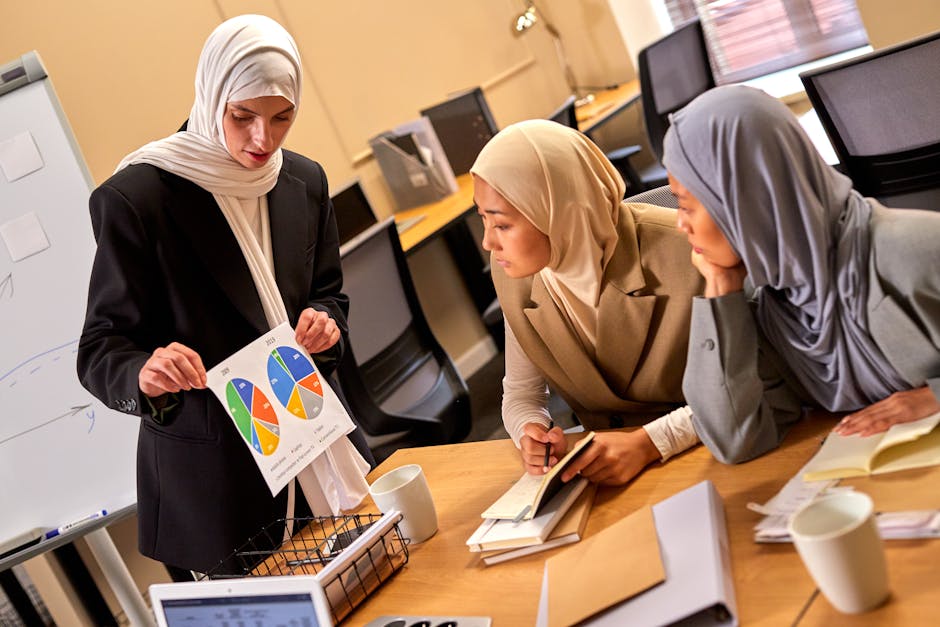How to Avoid and Manage Bad Meetings in the Workplace
“Bad meetings can drain productivity and morale in the workplace. This article provides practical tips for avoiding and managing unproductive meetings, including proper preparation, effective facilitation, and timely follow-up. By implementing these strategies, companies can foster a more efficient and engaging meeting culture. ”

Meetings are an essential part of the modern workplace, but when poorly planned and executed, they can quickly become a drain on productivity and morale. Bad meetings waste valuable time, lead to confusion and frustration, and hinder progress on important projects.

To avoid the pitfalls of bad meetings, it's crucial to take a proactive approach. Here are some key strategies for preventing and managing unproductive meetings:
1. Define a Clear Purpose and Agenda
Before scheduling a meeting, ask yourself: Is this meeting truly necessary? If the answer is yes, clearly define the purpose and desired outcomes of the meeting. Create a focused agenda that outlines the topics to be discussed, the time allotted for each item, and the roles of each participant. Share the agenda with attendees in advance so they can come prepared.
2. Invite Only Essential Participants
Carefully consider who needs to be present at the meeting. Inviting too many people can lead to distractions and diminished engagement. Include only those individuals whose input and expertise are directly relevant to the meeting's purpose. If someone's presence is not essential, consider sharing a summary or seeking their input through other means, such as email or a brief one-on-one conversation.

3. Set and Enforce Time Limits
Meetings that drag on for hours can quickly become unproductive. Set a realistic time limit for the meeting and stick to it. Assign a timekeeper to help keep the discussion on track and ensure that each agenda item receives the appropriate amount of attention. If the meeting runs over, consider whether the remaining items can be addressed through other channels or if a follow-up meeting is necessary.
4. Encourage Active Participation
Engage all participants in the meeting by encouraging open discussion and active listening. Create an inclusive environment where everyone feels comfortable sharing their ideas and concerns. Use facilitation techniques like round-robin sharing or breakout groups to ensure that all voices are heard. At the same time, be mindful of office visitor types and tailor your approach accordingly.
5. Stay Focused and On-Topic
It's easy for meetings to veer off-course, especially when multiple topics are on the agenda. As the meeting facilitator, it's your responsibility to keep the discussion focused and relevant. If the conversation starts to drift, gently redirect it back to the agenda items at hand. If new issues arise that require further exploration, consider scheduling a separate meeting or assigning action items for follow-up.

6. Document Decisions and Action Items
To ensure that the meeting's outcomes are clear and actionable, designate a note-taker to document key decisions, next steps, and assigned responsibilities. Distribute a summary of the meeting notes to all participants shortly after the meeting concludes. This helps maintain accountability and provides a reference point for future discussions.
7. Follow Up and Evaluate
After the meeting, take time to assess its effectiveness. Did the meeting achieve its intended purpose? Were all agenda items adequately addressed? Seek feedback from participants to identify areas for improvement. Use this information to refine your meeting processes and make future gatherings more productive and engaging.
By implementing these strategies, you can significantly reduce the occurrence of bad meetings and foster a more efficient and collaborative workplace culture. Remember, meetings should be a tool for driving progress, not a hindrance to productivity. With careful planning, active facilitation, and continuous improvement, you can ensure that your team's time and energy are well-spent in every meeting.
